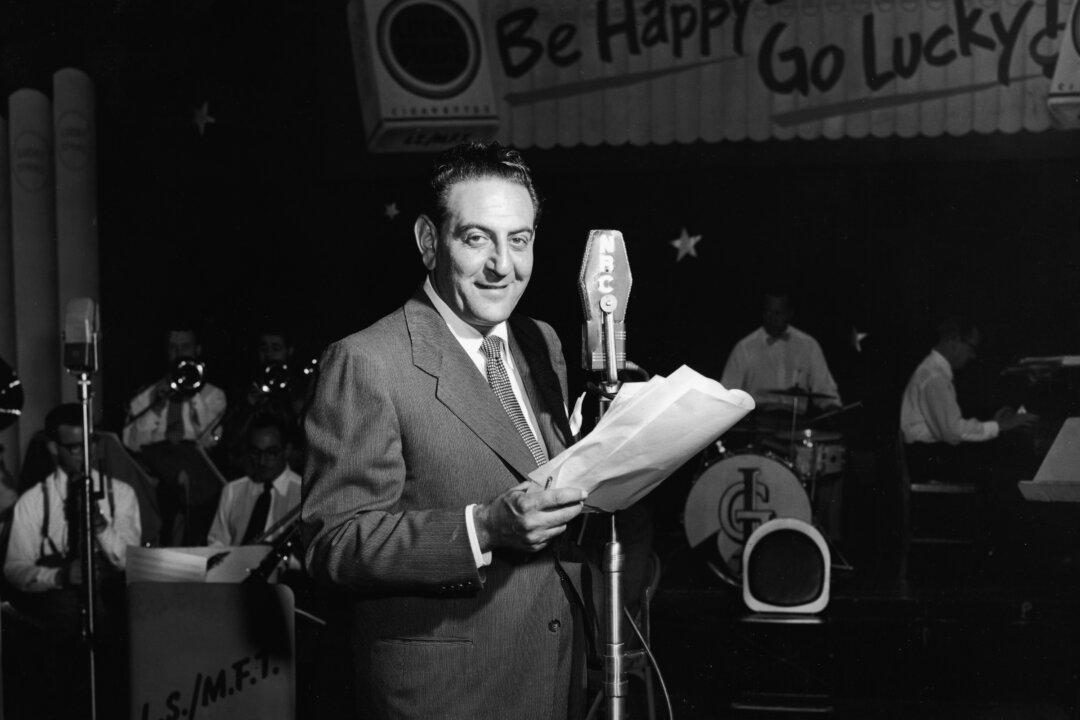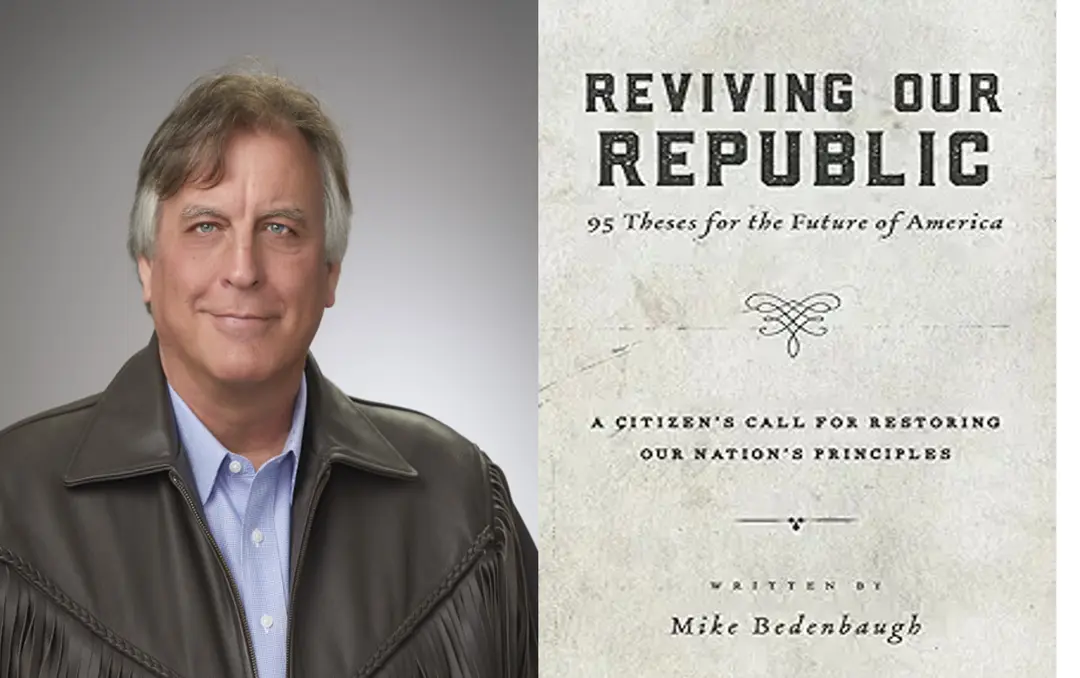The lyrics to the song “Auld Lang Syne” are based on a poem by 18th-century Scottish poet Robert Burns and loosely translated mean “for the sake of old times.” When a talented band of teenage boys in the 1920s first played “Auld Lang Syne” to please a Scottish audience, they never realized that it would one day become the band’s signature song.
For nearly a century, millions of Americans have sung and danced every New Year’s Eve to the classic rendition of “Auld Lang Syne” as performed by Guy Lombardo and His Royal Canadians, America’s preeminent dance band of the 20th century. In hindsight, Lombardo’s success should come as no surprise considering Guy and his younger brothers formed their first orchestra while still in grade school.






